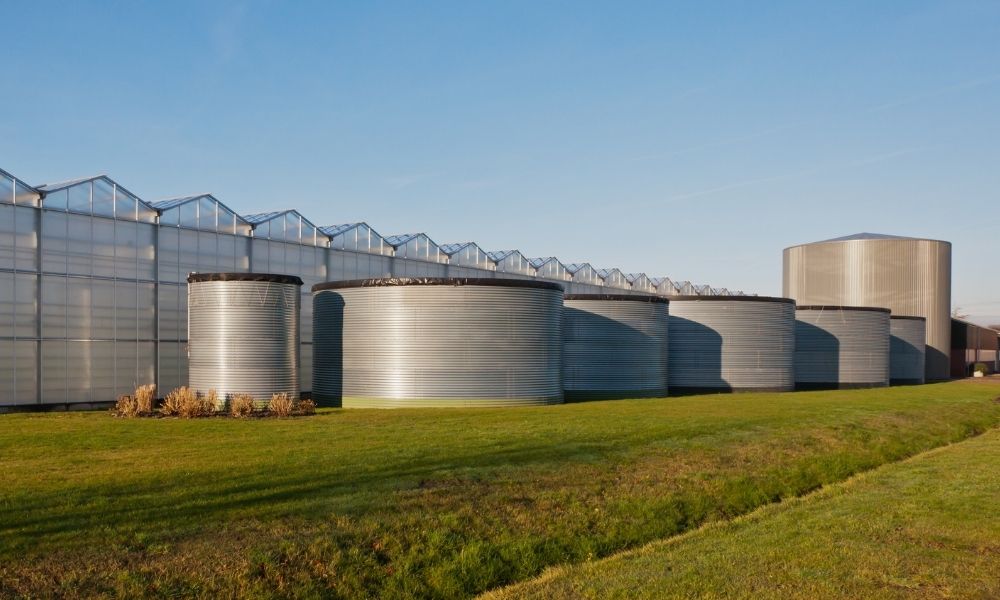Despite how beneficial they are for your crops, fertilizer chemicals are one of the most hazardous liquids you can find on a farm. If improperly contained, it can pose a health risk to everyone nearby along with endangering the environment. By utilizing these best practices for fertilizer containment tanks, you’ll keep your land safe, your workers healthy, and your chemicals exactly where they need to be—in their secure, labeled tanks.
Routinely Inspect Containment Tanks for Damage
For your fertilizer containment tanks to function properly, they need to remain pristine and undamaged. Even the smallest leak can become a huge issue if not dealt with immediately. To ensure that your tanks are doing their jobs, monitor the tank’s gauge before and after each use. Check for damage in the form of leaks, corrosion, welding errors, and structural damage. Ensure that the vents, when applicable, are free of debris such as snow and ice. A tank with clogged vents is vulnerable to implosion if impacted by a vacuum force, causing damage to your property and the environment.
If you notice a damaged fertilizer containment tank, drain it and then either service or replace it.
Secondary Containment
An essential part of your fertilizer containment tank is its second containment structure. If there are leaks or failures on the tank’s behalf, a secondary containment system will prevent catastrophic damage to the environment and your property. The tank’s secondary containment structure is an outside construction that collects excess spilled or leaked liquid and easily hooks up to a sump pump to facilitate collection. Your secondary containment structure must hold more liquid than the primary container in case of objects that displace the liquid or any unaccounted for liquid.
For fertilizer containment tanks, you will likely need a ditch-like structure. This concrete ditch along with a synthetic tank liner and a coating of gravel will protect the area around the tank from accidental contamination of dangerous chemicals.
Using a Tank Liner as a Primary Container
While you’ll always need some form of protection outside of the tank in case of tank-to-container spillage, it’s possible to use Royal Liner tank liners inside fertilizer containment tanks as the liquid’s primary container. This efficient use of a synthetic tank liner to hold acidic or basic fertilizer both protects your storage tank from interior corrosion and adds an extra barrier to prevent hazardous fertilizer from escaping.
Utilizing a synthetic PVC tank liner in your best practices for fertilizer containment tanks is essential for preventing environmental damage and health hazards. Royal Liner can provide you with a high-quality, corrosion-resistant custom liner to suit any size tank that you need protected.

Recent Comments